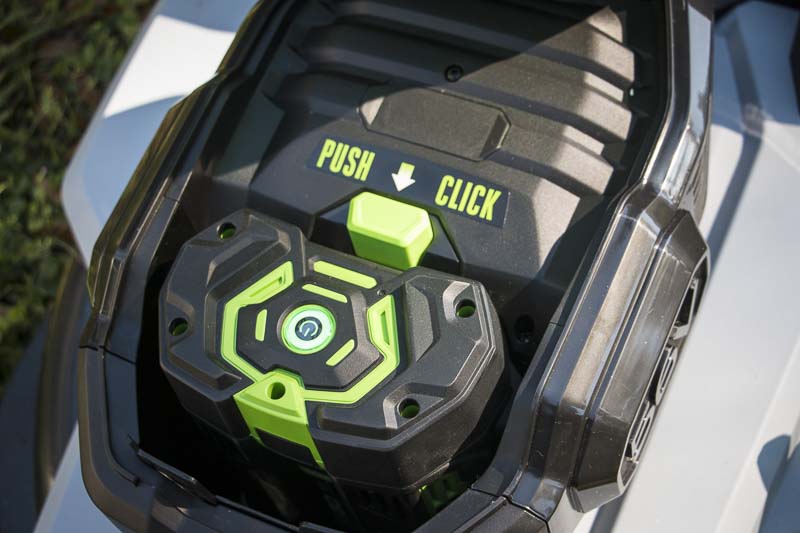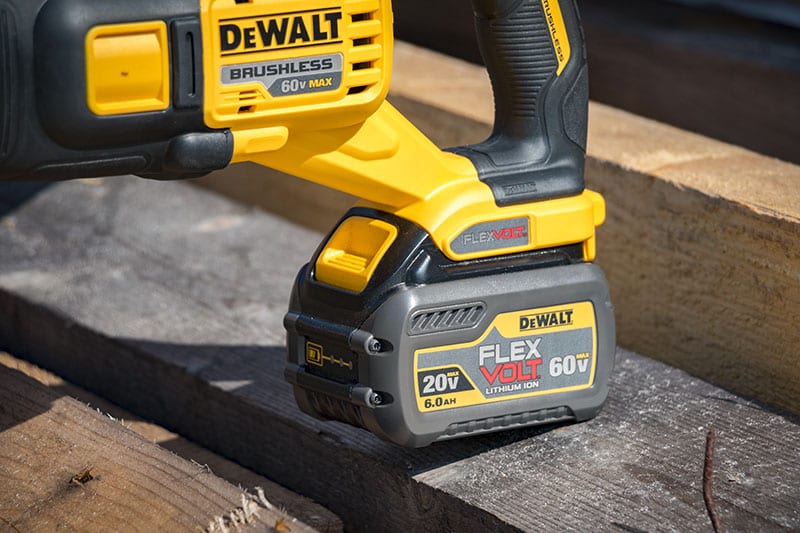I like to test the limits of tools—and that means understanding how long my batteries should last. With some manufacturers stating one year and others three, here are some lithium-ion battery charging tips to help keep your packs in the best shape possible. We’re talking about Lithium-ion battery maintenance and storage as well as what to expect when using them regularly with power tools. Specifically, we hope to help you avoid things that can damage your battery packs so you can optimize how long lithium-ion batteries last for you.
Cordless power tools have come a long way since they first came out. They’re more powerful, run longer, and some are giving corded tools a run for their money. Technology has improved the cordless tool itself and perhaps the most obvious is in the Lithium-ion batteries that power them. Cordless convenience has always come at a cost, so protecting the investment you or your business has in its tools is important. That includes being sure that you are using proper Lithium-ion battery charging techniques. On that note, let’s look at 5 things that hurt Lithium-ion battery performance.
Lithium-ion Battery Charging Tips: The Top 5 Things that Hurt Run Time, Power, and Life
1. Manage Heat
Heat is the number one killer of batteries and the biggest tip we can give you with respect to charging Lithium-ion battery packs. Heat is generated when the chemicals inside the battery cell are charging or discharging. The pack cools down when the reactions are stable. The highest temperatures are generated during the aggressive discharge of more powerful tools. It’s not a linear curve of more power = less run time. A 4.0 amp-hour battery may reach 99% of its run time potential on a work light, 95% on a drill, and only 90% on a rotary hammer. This is simply the result of the amount of heat being built up.

2. Avoid Extreme Cold
On the other side of the coin, a lack of heat can also affect the run time of a battery in a negative way. The next of our Lithium-ion battery charging tips involves avoiding extreme cold when possible. Users who work in cold climates typically won’t get the run time or power that their warm weather brethren do. Check out our 12V Impact Driver Shootout where we performed a cold-weather test. The drivers we tested were limited to 60% – 80% of their normal speed after being exposed to -10 degree temperatures for an extended time.
3. Manage Vibration
If you break open a cordless tool battery pack, you find what looks like a bunch of oversized AA batteries inside. These are the battery cells that power the pack. They’re made up of mainly a Lithium-ion coating, the cathode, and the anode. Vibration of these cells negatively affects the life of your battery.

With really aggressive tools like reciprocating saws and rotary hammers, a lot of vibration is introduced and the life of the battery tends to be reduced in these tools. One of our Lithium-ion battery charging tips includes swapping out batteries in these tools so the same packs don’t take all the abuse.
4. Control Exposure to Moisture
We all know that water and electricity don’t mix. That’s true inside batteries as well. While most batteries can handle some humidity, direct moisture can be a major problem. Once inside the pack, packs built with poor quality materials can easily and quickly corrode, rendering your battery useless in a matter of days. Even the best batteries can’t stand up to water forever, though.
In some cases, submerging certain packs in water can actually be dangerous. Most tools, however, can handle a bit of time in the rain. Others come IP56-rated (or similar) for even better water resistance.
5. Last Lithium-ion Battery Charging Tip —Watch the Depth of Discharge
While Lithium-ion batteries do not have “battery memory” like their predecessors, the level of discharge does affect the lifespan. A study published by Cadex Electronics stated that a typical Lithium-ion battery would have a 50% longer lifespan if it were charged after 50% discharge instead of fully discharging. Charging following only a 25% discharge resulted in a 67% longer lifespan over full discharge.
As part of your Lithium-ion battery maintenance, be sure to follow these practical Lithium-ion battery charging tips to extend the life of your investment.
Leave a comment for us on Facebook, Twitter, or Instagram!
*Note: this study was performed on laptop batteries. While both laptops and tools run on the same technology, the build is different. I would not expect the lifespan to mirror the laptop study exactly, but it does serve to show how varying the Lithium-ion battery maintenance in terms of discharge can affect the life of the battery.



